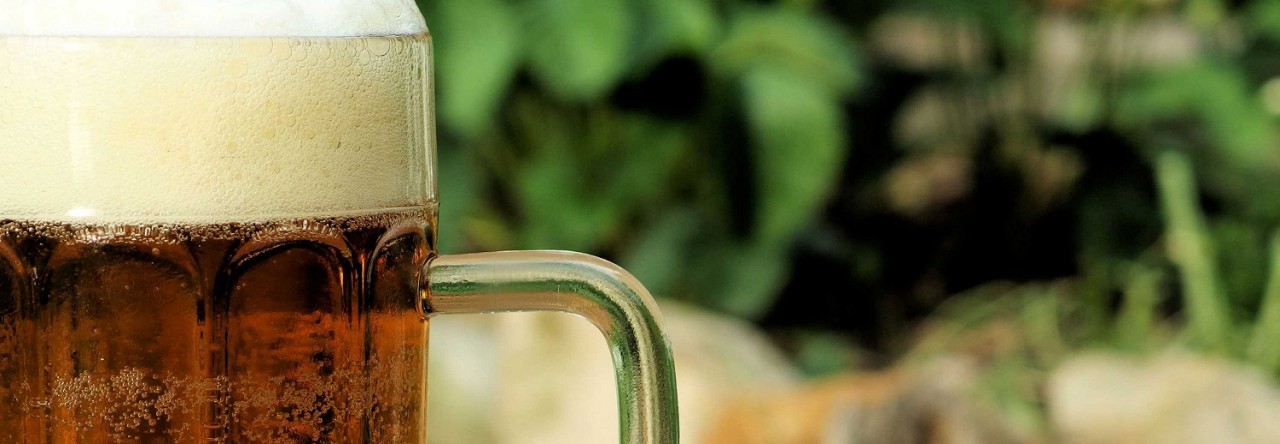Mike has been watching other YouTube channels. I know, I can’t believe it either. He got hot tips from the Tree House Brewing Company’s channel about how to brew an IPA like they do. He took that knowledge and brewed a Tree House Style IPA that uses the holy trinity of Citra, Amarillo, and Simcoe hops. Watch this video to learn more about the best practices to mimic the beers they brewed at one of the top rated breweries in the world.
Tree House Style IPA Recipe
Here’s Mike’s take on the information he gathered from the brewery.
Water Chemistry:
50 PPM Calcium
29 PPM Sulfate
67 PPM Chloride
Targeting a 2:3 Chloride to Sulfate ratio
Grain Bill:
85% Briess 2-Row Brewers Malt
10% Flaked Oats
5% Carafoam (he substituted with Honey Malt)
Hops:
Bittering Hops: 20 IBUs of Magnum
Flavor and Aroma Hops (20 minutes in and flame out): 5 IBUs each of Amarillo, Citra, and Simcoe hops
Dry Hopping (after fermentation): 7 to 15 grams per liter of Amarillo, Citra, and Simcoe
Yeast:
1 packet of LalBrew Verdant IPA Dry Yeast
Cold crash after fermentation
Additional dry hopping post-fermentation (7 to 15 grams per liter)
Process:
Mash temperature: Step mashing at 147 °F, 158 °F, 168 °F, with a mash out
Fermentation temperature: 65° F for two weeks
Outcome:
Original Gravity: 1.062 (target 1070)
Final Gravity: 1.011
Alcohol content: Almost 7%
Tasting Notes
I think Mike nailed it with this one. With aromas of pine and citrus, and a hint of berry in the flavor, this IPA hit the spot. It is reminiscent of the beers you can get at Tree House. Tasting it, the descriptor of juicy came up. It has that orange/tangerine citrus profile that balances pithiness and fruit character. The source for the hops in this beer is Yakima Valley. If you’re going to brew a hoppy beer, make sure you get great hops.
I was satisfied with this brew and I hope there is more examples coming our way.
Brew On!
